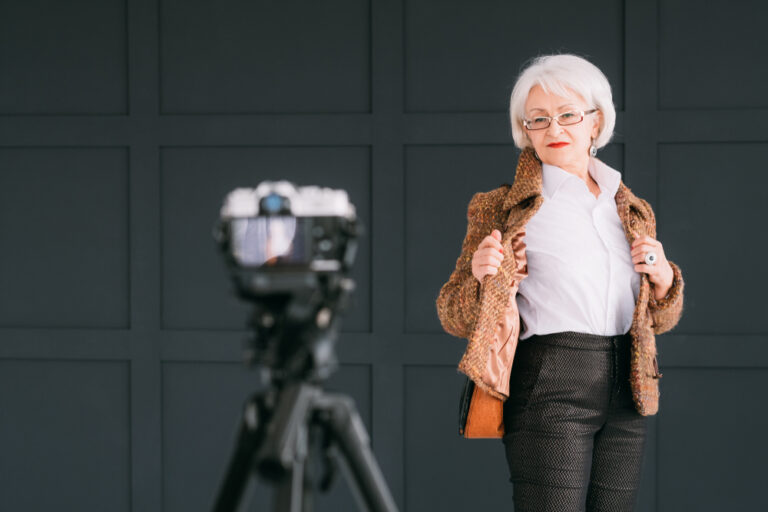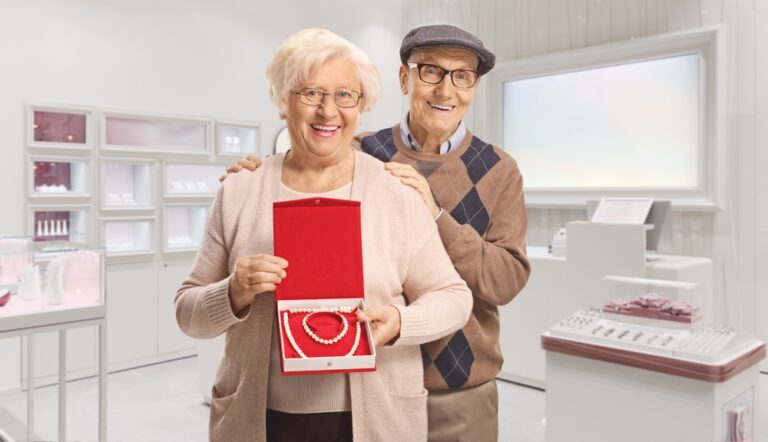As we journey through the golden years, safeguarding our vision becomes a paramount aspect of maintaining overall health and quality of life. Aging naturally brings about changes in our eyesight and increases susceptibility to eye diseases, yet with attentive care and proactive measures, maintaining healthy vision is achievable.
Regular eye examinations are a cornerstone of eye care in older age. These are not just routine check-ups; they are key to early detection of conditions like age-related macular degeneration, cataract, glaucoma, and diabetic retinopathy, many of which don’t present early warning signs. An ophthalmologist can guide the frequency of these exams, tailoring it to individual health needs and histories.










